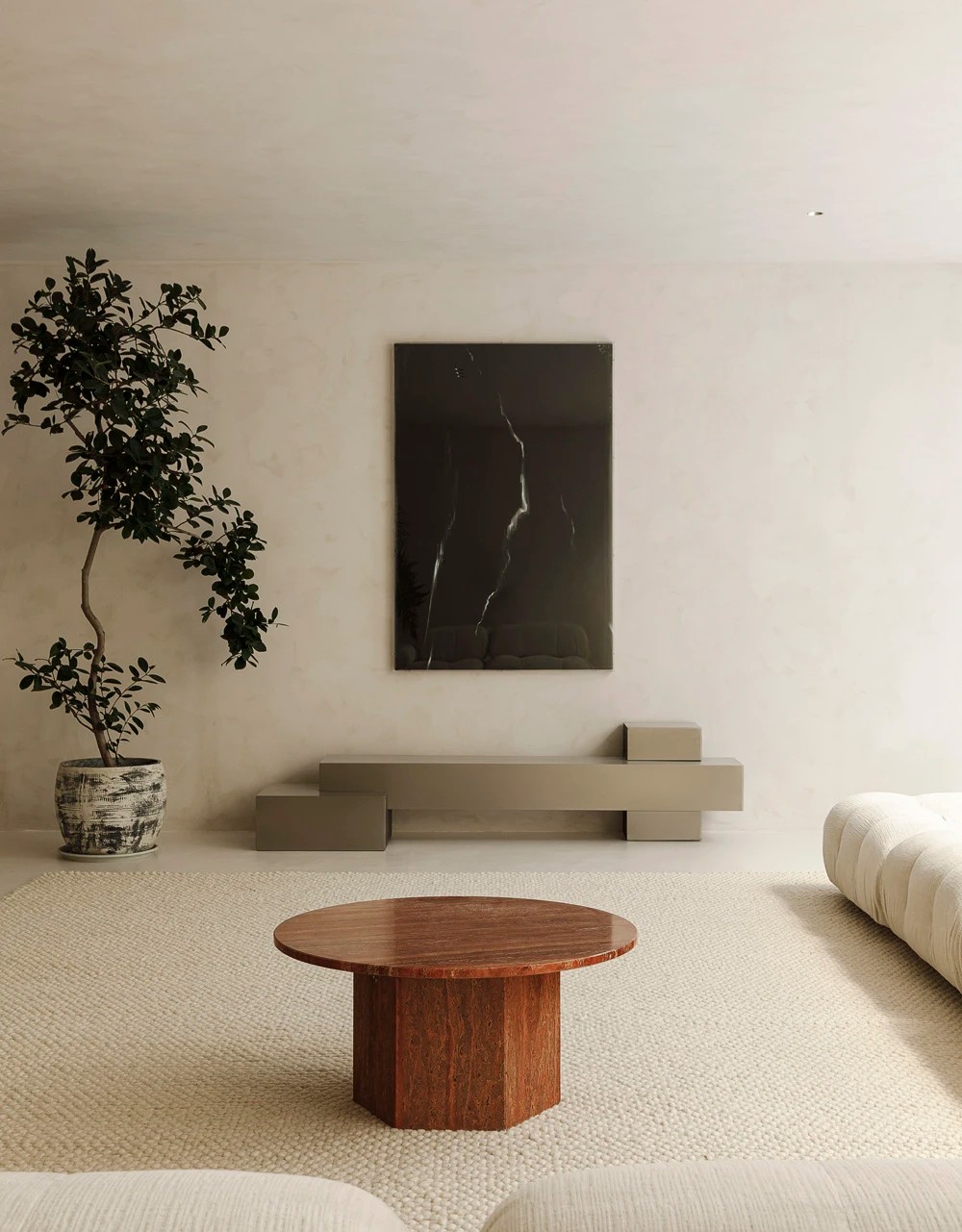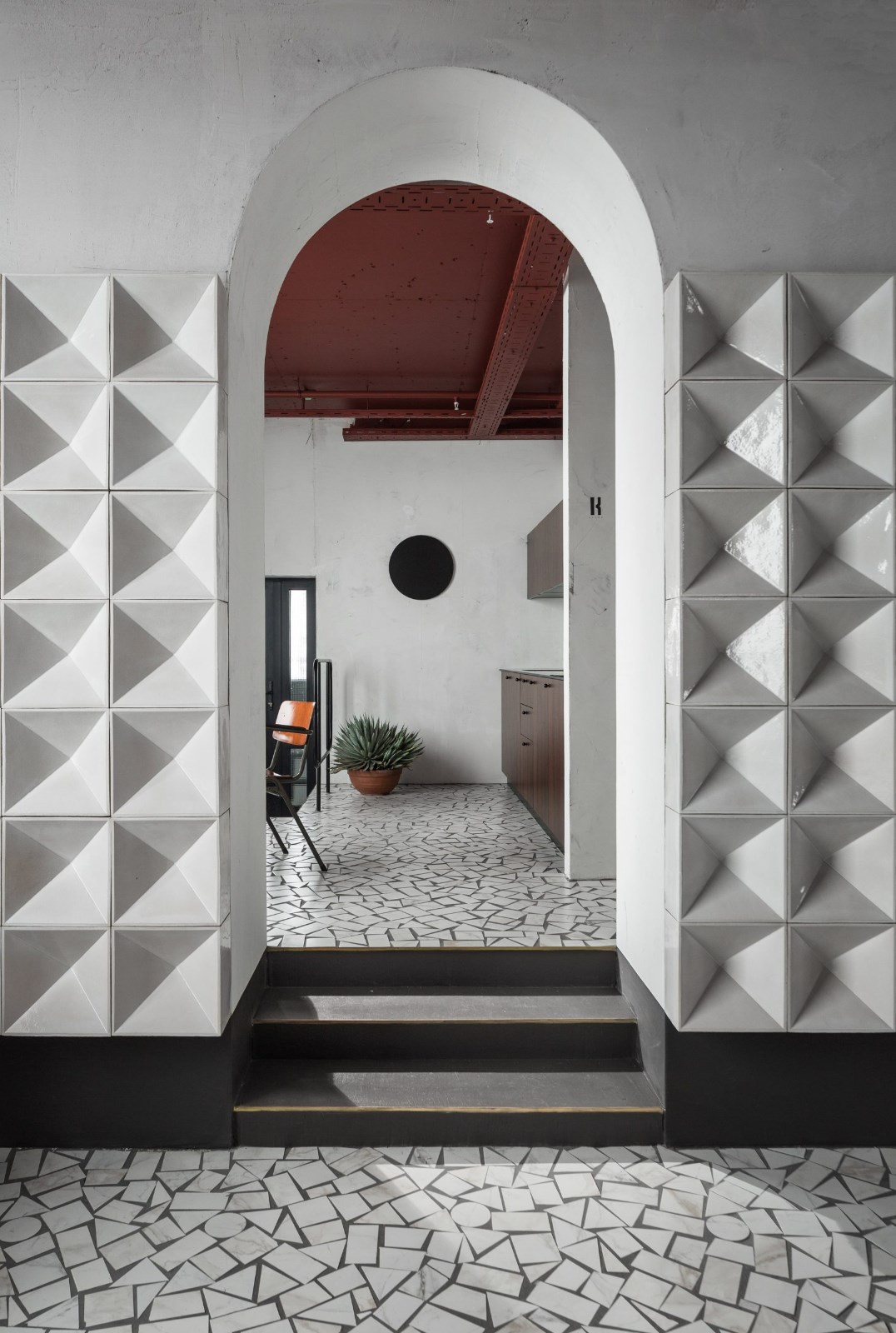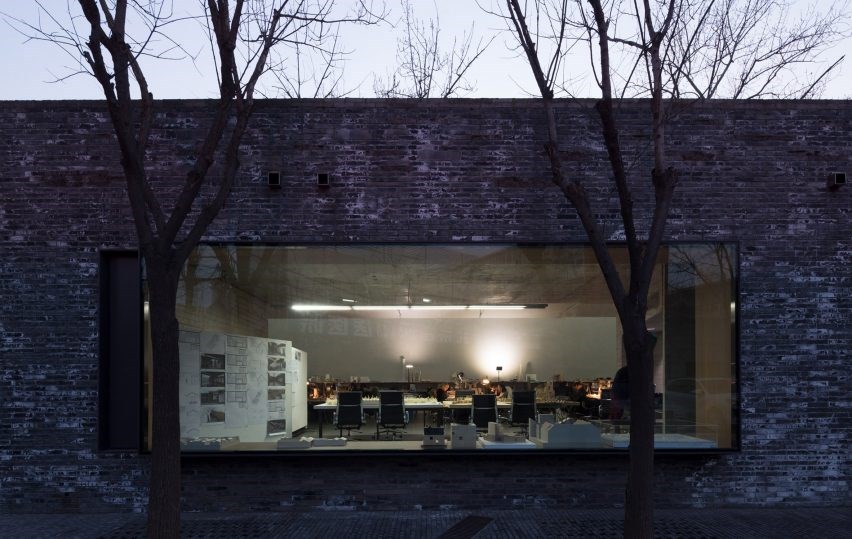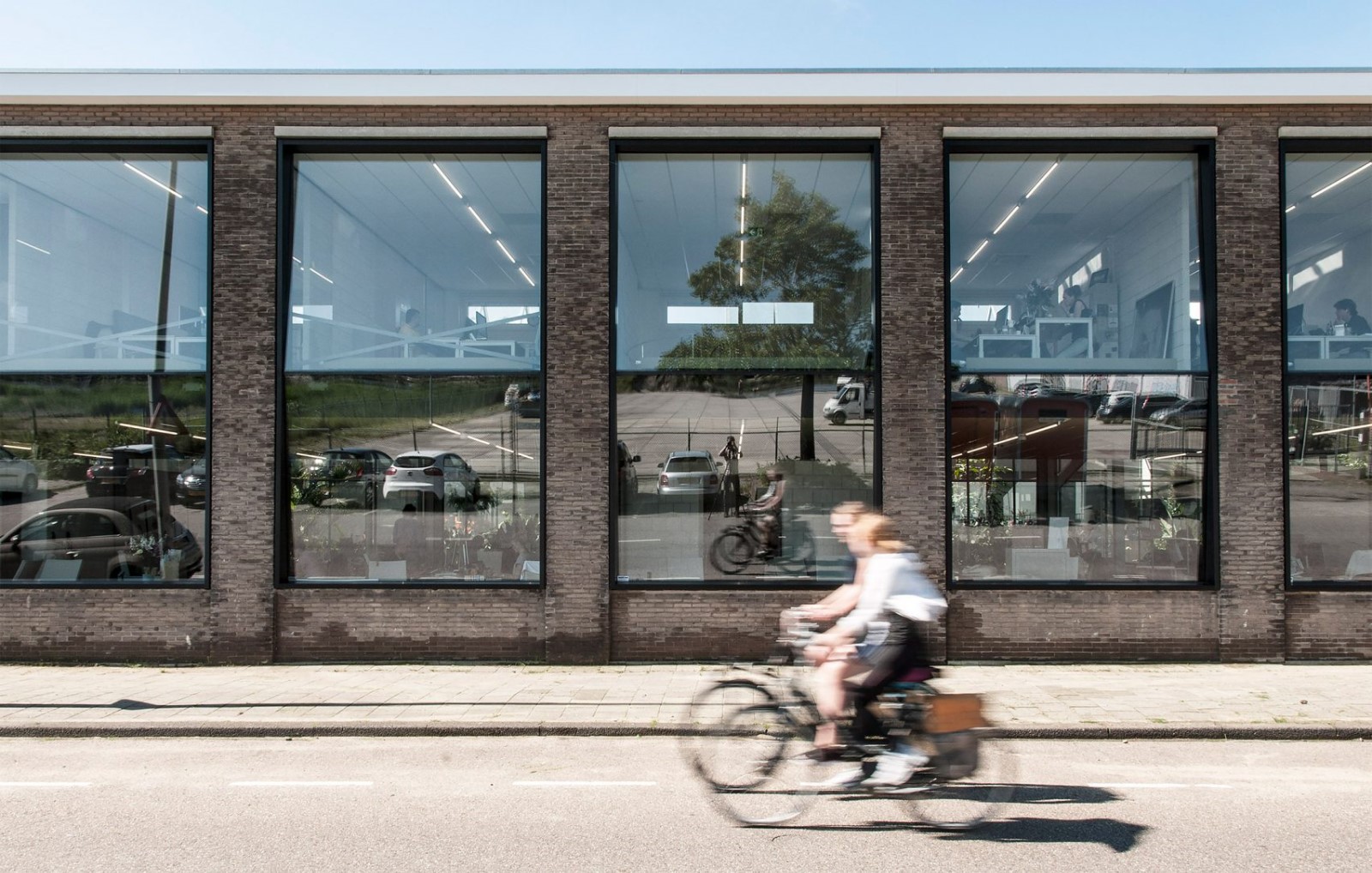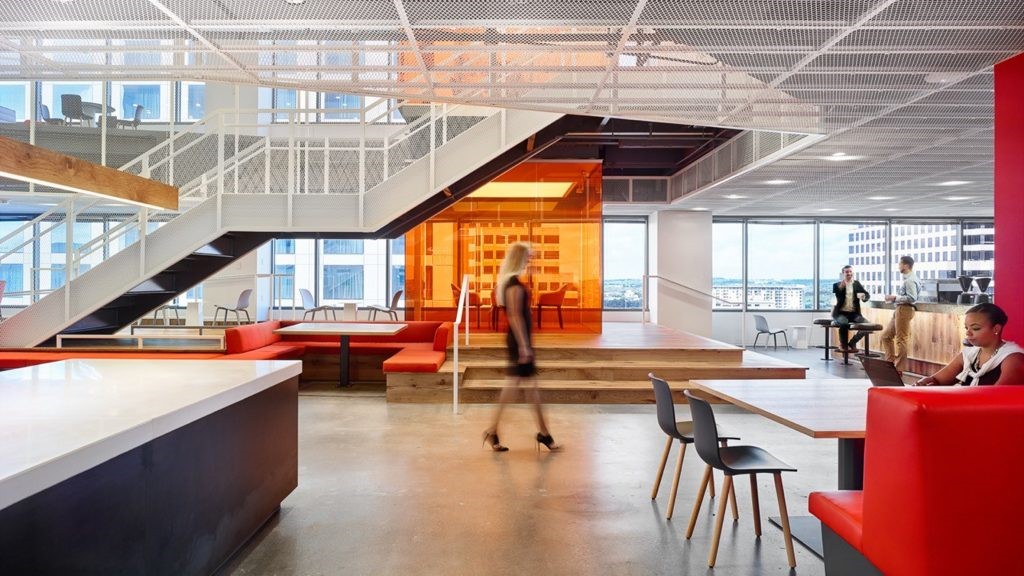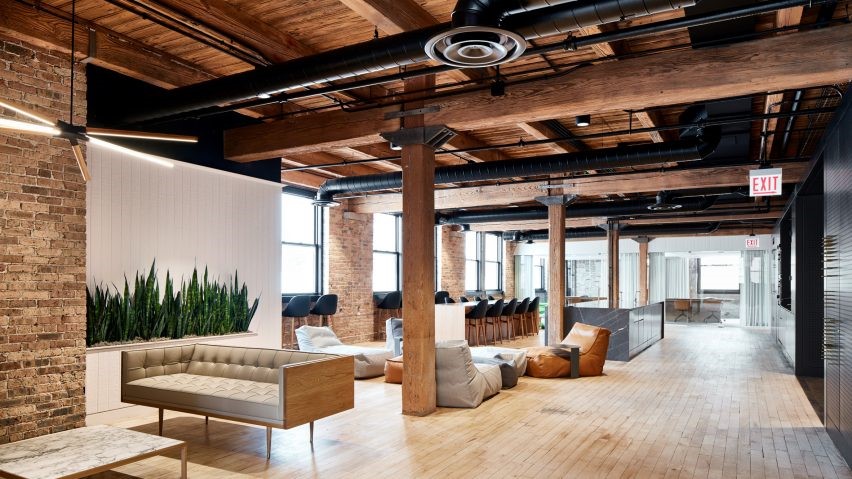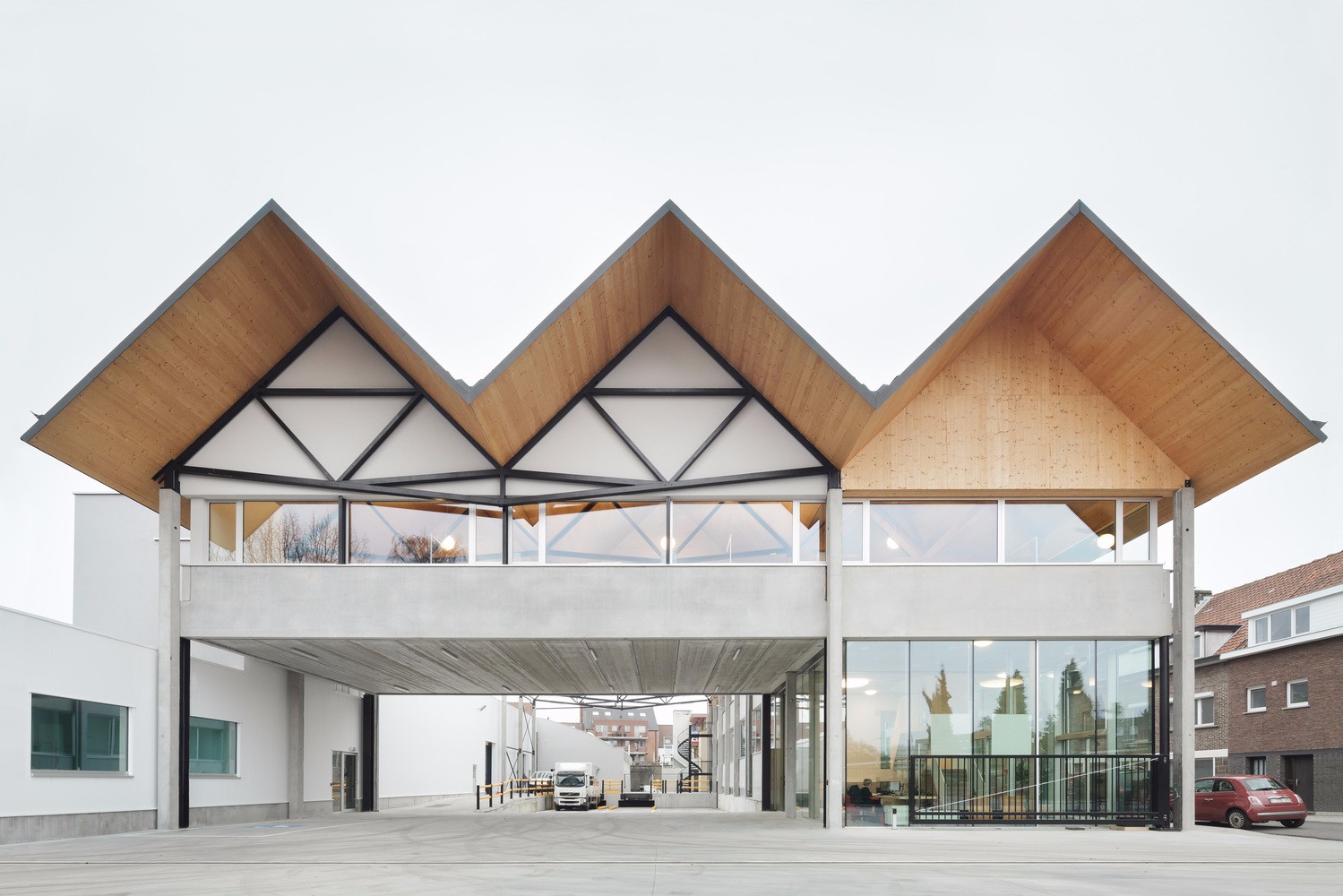Renovation of Wuzhen Beizha Silk Factory DCA
2016-05-16 22:00
架构师提供的文本描述。乌镇是中国南方一个典型的水乡。作为2016年国际当代艺术展的场馆,乌镇北沙丝绸厂建于20世纪70年代,并于90年代衰落。那座见证了老城镇工业发展的工厂被废弃了十多年。在我们的翻新,原来的布局和空间特征的网站是一致的,以适应新的程序。
Text description provided by the architects. Wuzhen is a typical ancient water town in south of China. Renovated as the venue of 2016 International Contemporary Art Exhibition, Wuzhen Beizha silk factory was built in 1970s and declined in 1990s. The factory which witnessed the development of the old town's industry had been abandoned more than ten years. In our renovation original layouts and spatial features of the site are conformed to adapt new program.
© Ai Qing & Wu Qingshan - CreatAR Images
© Ai Qing & Wu Qingshan - CreatAR Images
© Ai Qing & Wu Qingshan - CreatAR Images
结构加固和屋面整修一般都是在改造过程中进行的。由于展览的要求,一些过多的窗口被封锁,同时保留窗口的凹痕以显示历史。所有的悬挂天花板都被拆除,以暴露薄屋顶结构,并为展览提供合适的空间。旧建筑的斑驳皮也被保留了下来。只有最高的建筑被深灰色延伸的铝网包裹,这带来了一个模糊的图像,融合了现代和传统的特征。
Structure reinforcement and roof refurbishment are generally taken in the reconstruction. Some of excessive windows are blocked due to the requirement of exhibition while keeping the dents of window to indicate the history. All suspended ceilings are removed to expose the slim roof structure and provide suitable spaces for exhibition. Mottled skins of the old buildings have been kept as well. Only the tallest building is enwrapped with dark grey stretched aluminum mesh, which brings an obscure image mixed with modern and traditional features.
在重建过程中,对所有现存的树木进行保留和映射,采取特定的方法来处理树木与建筑物之间的对话,从而形成了建筑与环境相结合的新地位。采用三种不同的方式将3栋新楼与旧建筑整合为一体。
All exist trees are reserved and mapped in the reconstruction, specific methods are taken to handle the dialogue between trees and buildings, hence a new status which combines the buildings and the environment emerged. Three different means are adopted to integrate 3 new buildings with the old ones into wholeness.
© Ai Qing & Wu Qingshan - CreatAR Images
地点:A楼,作为入口处和小画廊,建在新路上,泳池上方有浮箱,这与乌镇水乡的形象相呼应。同时,它将室外展区与旧的车间包围起来。
Apposition: Building A, served as entry and small galleries, is set up along the new road with floating boxes above a pool, which echoed the water town image of Wuzhen. Meanwhile, it is enclosing the outdoor exhibition area with the old workshops.
© Ai Qing & Wu Qingshan - CreatAR Images
插入:B楼插入两层楼之间.一楼是礼品店和咖啡厅,既可以为场地服务,也可以为社区服务。屋顶平台,为树木提供空间,连接两侧建筑的二层,成为展览期间的娱乐和交流空间。
Insertion: Building B is inserted between two 2-story buildings. The first floor is gift shop and cafe which can serves both the venue and the community. Roof platform with void for trees connects 2nd floors of both sides’ buildings and becomes the recreation and communication space during exhibition.
连接:二楼循环是由一座连接C楼和老建筑物的桥梁建立起来的.中间的透明大厅连接着大楼的东部和西部。在东部二楼,采用折叠大跨度屋架搭建了一个宽敞的室内天窗展厅。
Connection: The second-floor circulation is established by a bridge which links building C and the old buildings. The transparent hall in the middle connects the east and the west parts of the building. In the 2nd floor of east part, a spacious indoor exhibition hall with skylights is created by folded large-span roof truss.
© Ai Qing & Wu Qingshan - CreatAR Images
 举报
举报
别默默的看了,快登录帮我评论一下吧!:)
注册
登录
更多评论
相关文章
-

描边风设计中,最容易犯的8种问题分析
2018年走过了四分之一,LOGO设计趋势也清晰了LOGO设计
-

描边风设计中,最容易犯的8种问题分析
2018年走过了四分之一,LOGO设计趋势也清晰了LOGO设计
-

描边风设计中,最容易犯的8种问题分析
2018年走过了四分之一,LOGO设计趋势也清晰了LOGO设计















































































